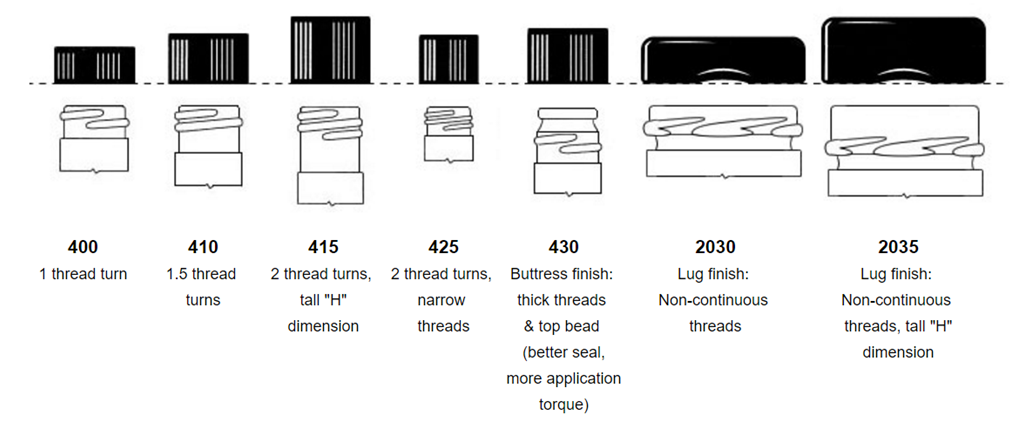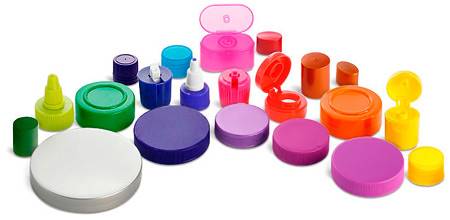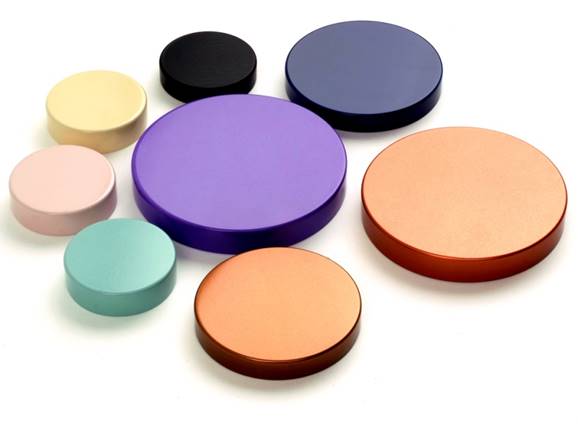Closures are a crucial part of the packaging process. Although they can be seen as a fun decorative element, they actually perform several vital functions depending on the type of closure. Need more info about the benefits of closures? We have your guide to all the basics here!
What are closures?
Closures seal many types of packaging containers, such as bottles, canisters, and jars. They perform different functions depending on the contents they are protecting and the container they are sealing. A closure is used to reclose the container for the reuse of the contents inside, or to assist in dispensing the product. It can also provide a barrier to dirt, oxygen, and moisture.

Are there different types of closures?

What is a neck finish?

What closure colors are offered?
We have an ample number of closure colors available. Depending on your branding needs, we can help you find what you are looking for.

What closure sizes are available?

For more information on our closures please Contact Us.
.

